Are you a real history buff and are you looking for the best history museums to visit in Gijón? These are the ones:
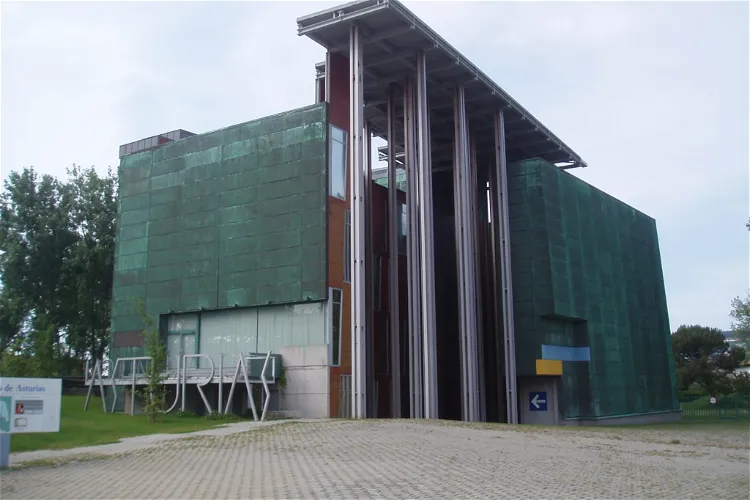
Museum of the Asturian People
GijónThe Museum of the Asturian People is situated in the city of Gijón, in the Principality of Asturias, Spain. This location is easily accessible for tourists visiting the region and offers a unique insight into the culture and history of the Asturian people.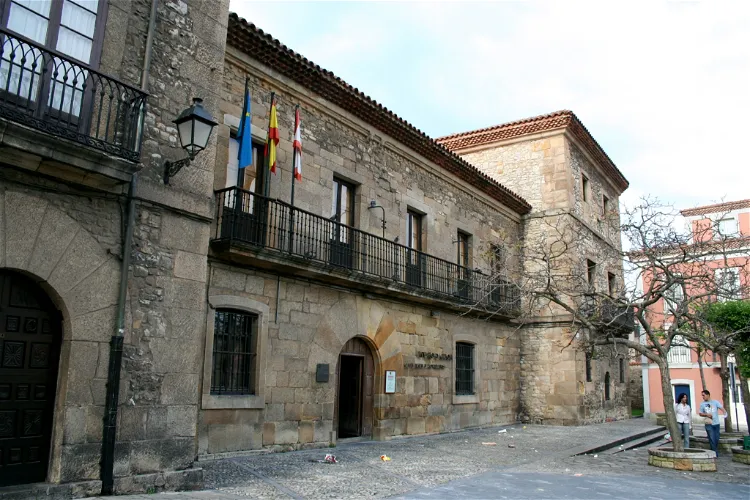
Jovellanos Birthplace Museum
GijónThe Jovellanos Birthplace Museum is situated in a palatial house in the Cimadevilla neighborhood of Gijón, Asturias, Spain. This location is steeped in history and offers a unique insight into the life and times of Jovellanos, a prominent figure in Spanish history. The museum is easily accessible and is a significant landmark in the city.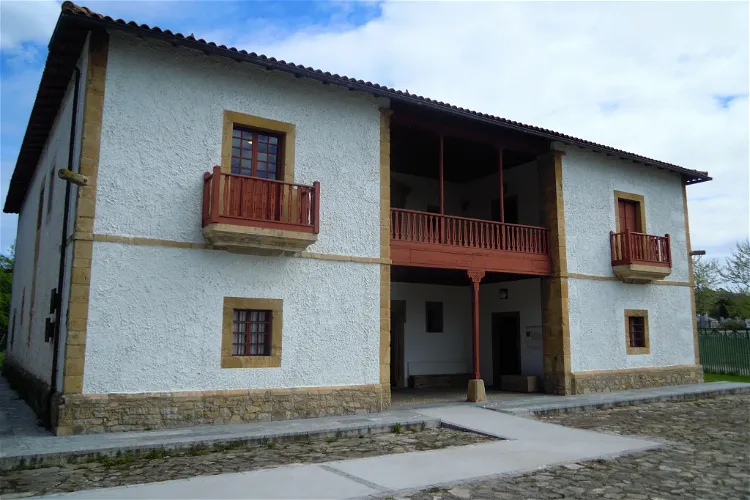
International Bagpipe Museum
GijónThe International Bagpipe Museum is situated within the Museum of the People of Asturias in the Spanish city of Gijón, in the Principality of Asturias. This location offers visitors the opportunity to explore not only the bagpipe museum but also the broader cultural and historical context of the Asturian people.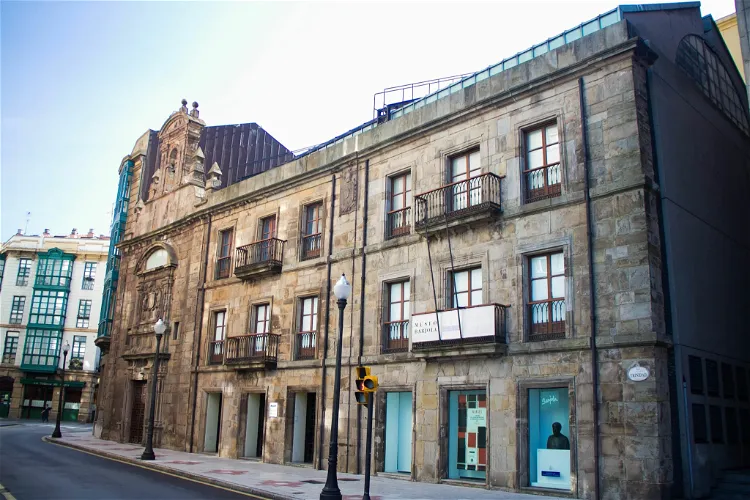
Barjola Museum
GijónThe Juan Barjola Museum is a cultural institution situated in the Asturian town of Gijón, Spain. This location is easily accessible and offers visitors the opportunity to explore the rich cultural heritage of the region.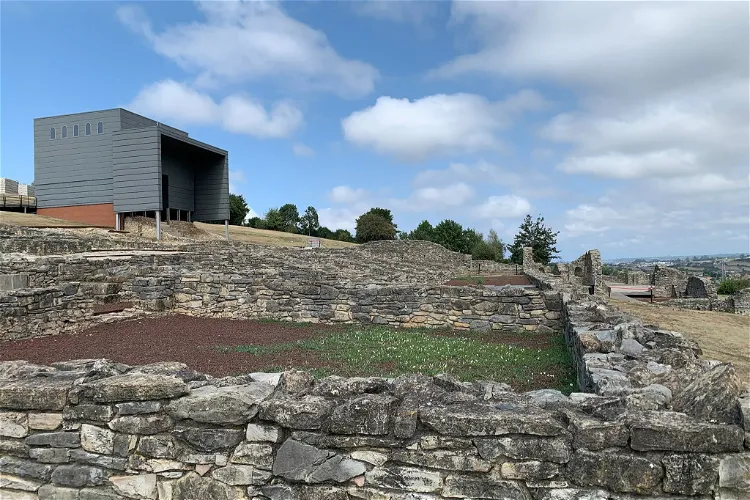
Roman Villa of Veranes
GijónThe Roman Villa of Veranes, located in the Veranes neighborhood in the parish of Cenero in the Asturian council of Gijón, Spain, is an archaeological site that offers a unique glimpse into the past. The site is home to the ruins of a Roman villa, which are interpreted and presented to the public through an on-site interpretation center. This allows visitors to gain a deeper understanding of the historical significance and context of the ruins.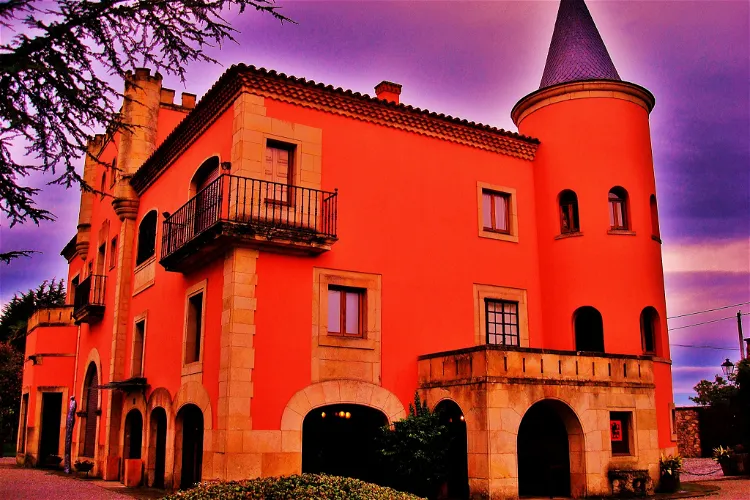
Evaristo Valle Museum
GijónThe Evaristo Valle Museum Foundation, located in Gijón, is a museum dedicated to the life and work of the local painter Evaristo Valle. The museum was founded in 1981 and officially opened its doors to the public on March 5, 1983. It serves as a tribute to the artist's legacy and offers visitors a chance to explore his artistic journey.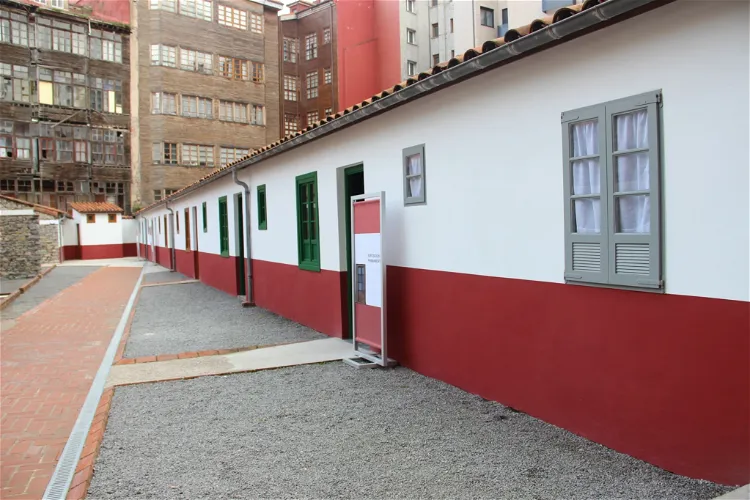
Celestino Solar Citadel
GijónThe Celestino Solar Citadel, located in Gijón, is a historical site that was constructed in 1877 by Celestino González Solar. The citadel was built in an area known as La Garita, which is now part of a block of buildings known as the Martillo de Capua. This location offers a glimpse into the architectural and social history of the region.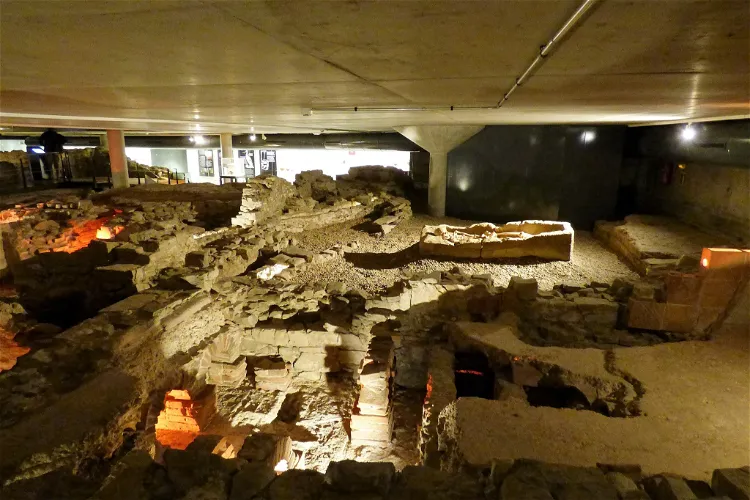
Campo Valdés Roman Baths
GijónThe Campo Valdés Roman Baths, located in the Cimadevilla neighborhood of the Asturian town of Gijón, are a significant historical site. These public baths from the Roman era offer a glimpse into the past and are an integral part of the city's rich history.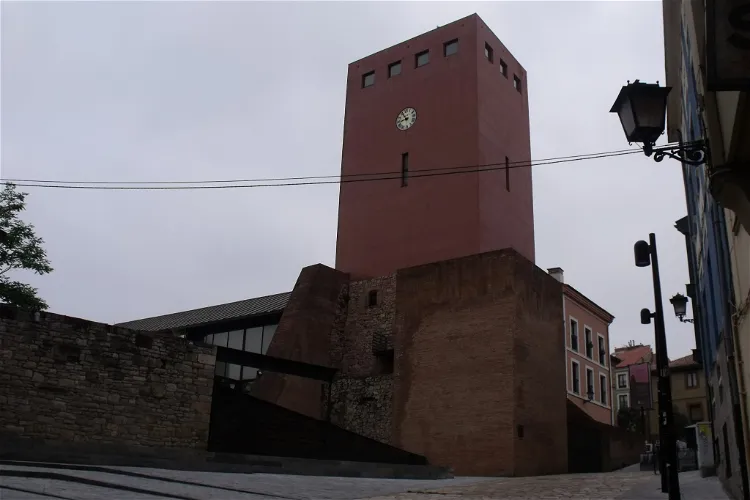
Torre del Reloj
GijónLa Torre del Reloj, a building dating back to 1572, is situated in the Cimadevilla neighborhood of Gijón, Asturias, Spain. The tower was reconstructed in 1989 at the same location with the initial intention of it serving as a museum and a viewpoint over the city. However, it is not currently used for this purpose.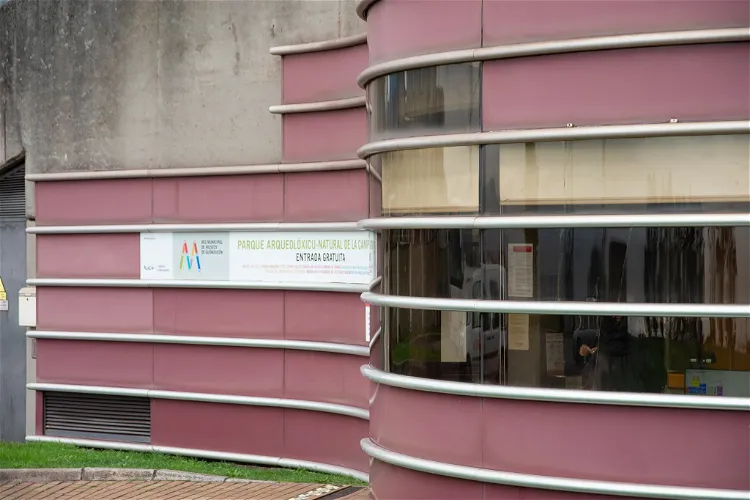
Campa Torres Archaeological-Natural Park
GijónThe Archaeological-Natural Park of La Campa Torres is rich in historical significance, housing various archaeological sites. Among these is the oppidum Noega, an ancient castro where the cilúrnigos lived. Visitors can explore these installations and gain insights into the lives of the ancient inhabitants of the region.